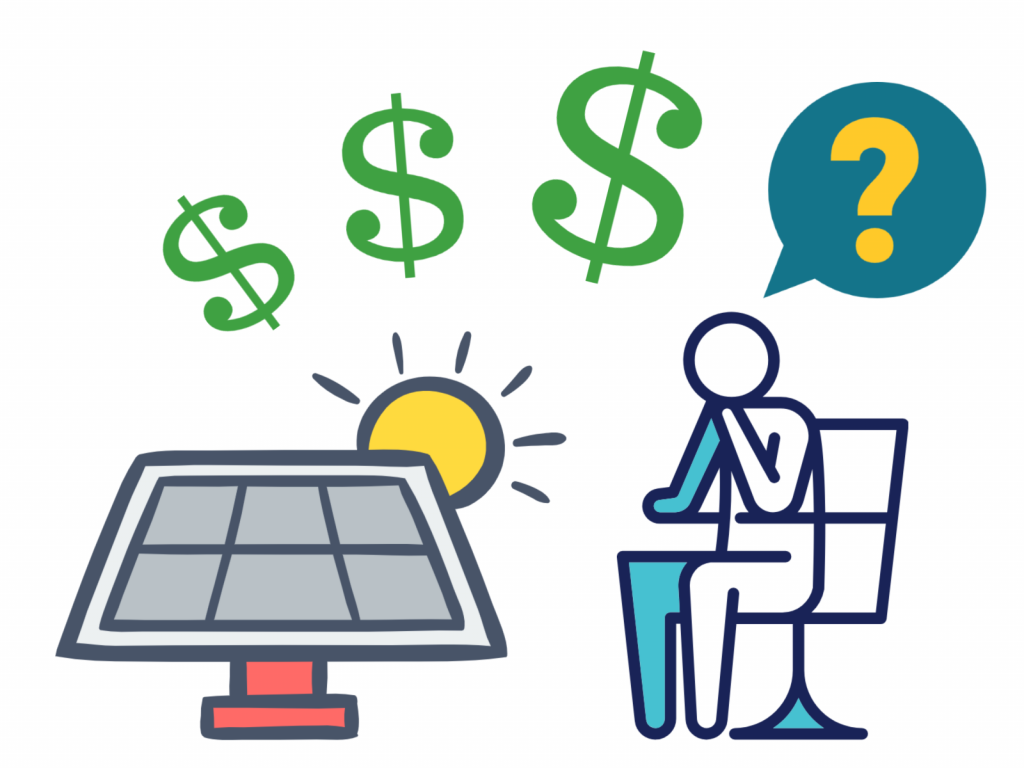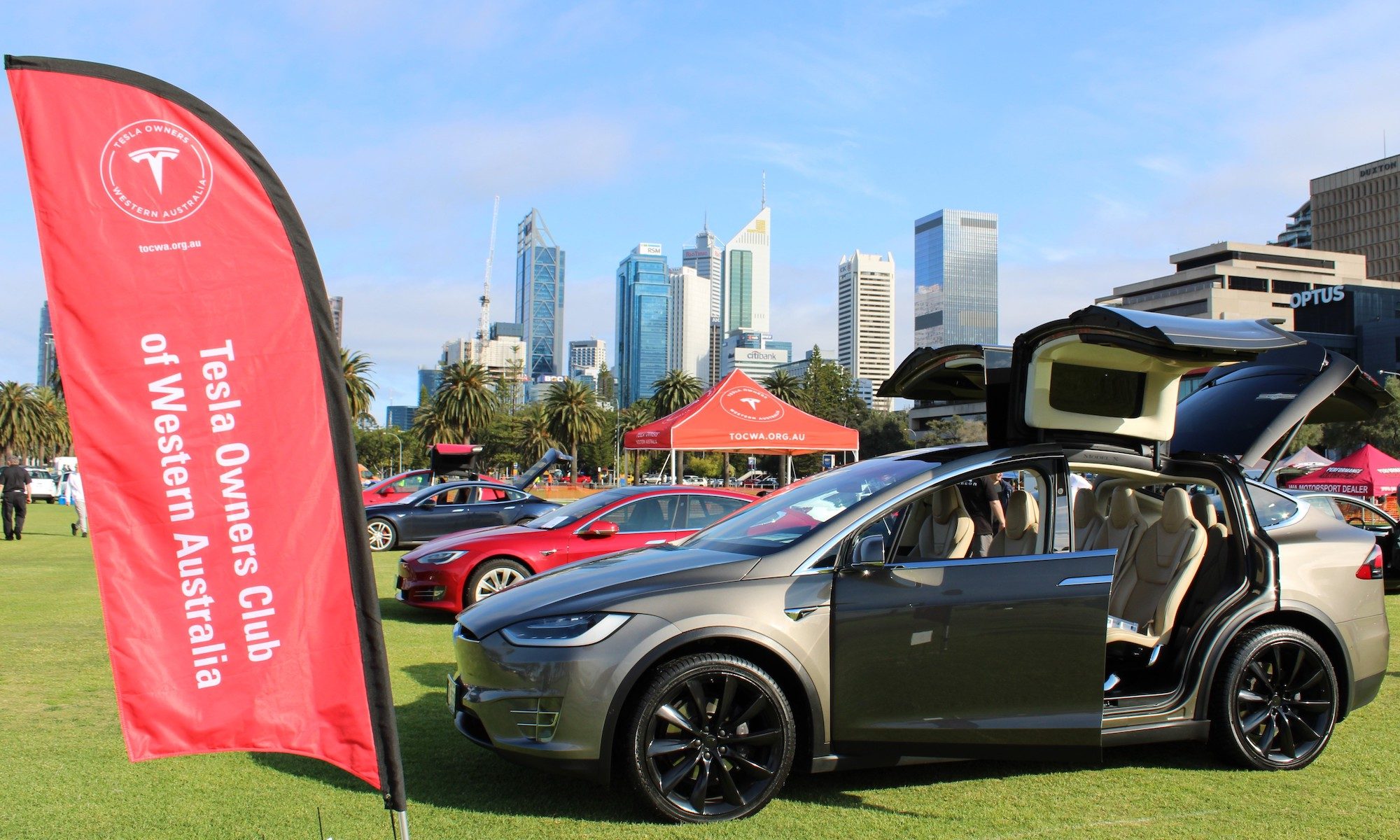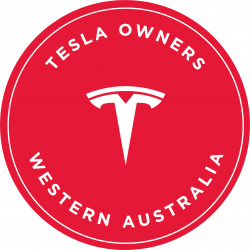I was discussing solar with a friend recently, as usual it focused on: how low the cost is in 2020; how short the payback period is; how cheap it is per kWh of electricity produced. As an investment how does it stack up compared to superannuation we quizzed. On the way home I had a thought, if the power bill savings are invested wisely what’s the possible dividends?

I did my calculations based on the most common system now being purchased for homes in Western Australia, the 6.6kw of panels connected to a 5kw inverter, this allows the maximum solar production without losing the low but still available feed in tariff, I avoided including the old 48 cents feed in tariff (FIT) as within 18 months that will be obsolete. In late 2020 the WA FIT for new installations is changing to 3 cents before 3.00pm & 10 cents after 3.00pm, as most new installs will likely face north-west or west to take advantage of the late afternoon sun the new installations FIT will probably average 5 cents per kWh across a full year.
Although a complete 6.6kw solar panel installation in Western Australia can be purchased and installed for some hard to believe low prices I based the calculations on a price of $4000, that’s very close to the average for Western Australia in March 2020. it’s important to remember that’s a full payment on delivery cost, not solar via a finance package.
Firstly, unless you’ve recently given up smoking or gambling the $4000 is not spare cash, it has some investment value or has to be borrowed, so how much return could you expect from that $4000 if invested via the bank or via superannuation.

Interests rates are very low or non existent at the moment so that $4000 would do well to attract 3% interest, you may end up with $7230 after 20 years, good luck getting 3% in 2020. If you could manage to get the $4000 into your super that averages 8% pa over 20 years and suddenly the resulting $18,650 is looking fairly useful, even at 6% the figure is reasonable at $12,830.
As an alternative what if the $4000 is invested in a 6.6kw solar system and you reinvest the power bill savings over the 20 year expected lifespan of the solar system.
Every household uses electricity differently but those with plentiful solar generation and a seemingly poor West Australian feed in tariff soon learn to consume from the panels rather than the grid. Of course, unless the house has a battery, purchasing power from the grid at 28 cents per kWh is unavoidable at night so for this exercise I going to use these figures:
- Average daily solar production 24kWh
- Average daily consumption of 19kWh split into 11kWh from solar and 8kWh from the grid, leaving 13kWh being fed back into the grid, over 365 days this would result in average power bill reduction of $1361 based on above mentioned kWh purchase price and feed in tariff.
Now imagine after the 3 year pay back period that $1361 was invested every year for the next 17 years, what are the possible returns?
- Superannuation at 6%: $40,000+
- Superannuation at 8%: $49,600+
As you can see if you invest in solar initially then roll the savings into super the returns can be very handy, now consider the possibilities if you made far better use of the solar electricity being generated on the roof. With a 100% electric powered home including heating, cooking and a heat pump hot water system powered from daytime solar, as well as of course charging an EV, the savings from avoiding the purchase of gas could also be rolled into superannuation, the end result will be well worth the effort.
Thanks to Peter Petrovsky for your advice and input on this article.
Rob Dean

